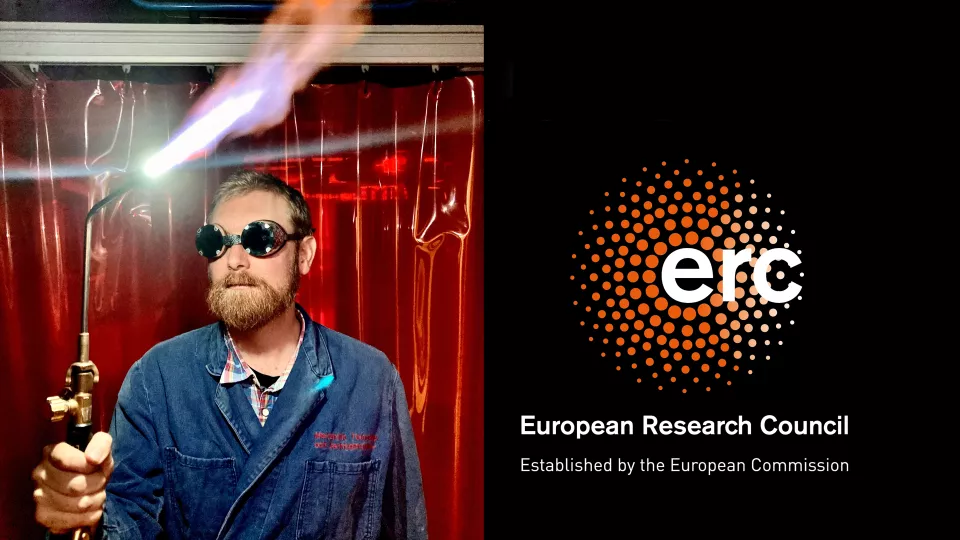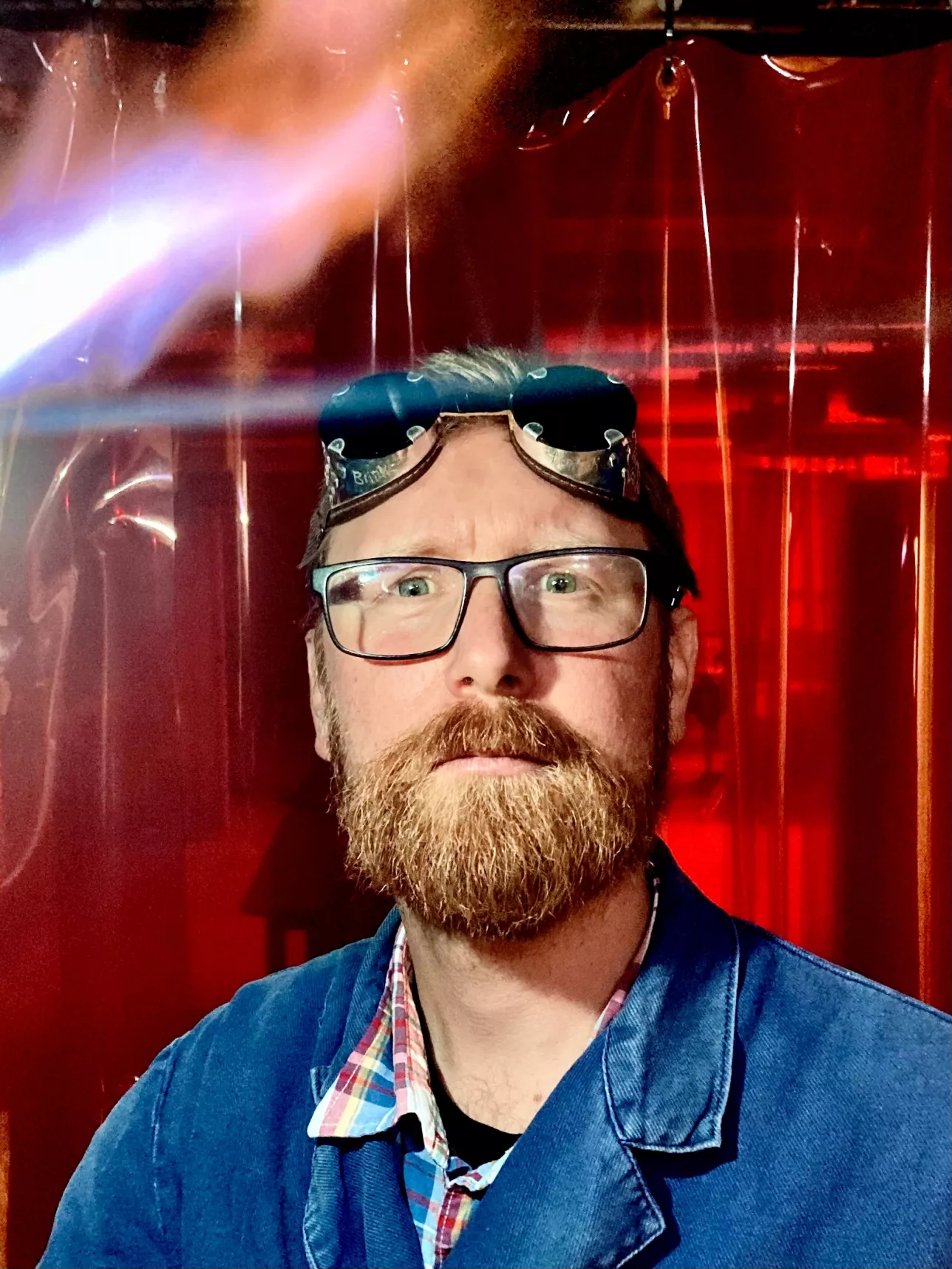The ERC Starting Grant is aimed at researchers in the early stages of their careers and has scientific excellence as its sole selection criterion. The researchers and their projects have been ranked the highest in Europe through peer review and in very high competition. This year, almost 2700 researchers applied for the grant.
In total, 400 researchers in Europe will share €628 million, giving an award rate of around 14.8%. Each researcher will receive €1.5 million over five years.
Can you tell us a bit about your project, and what you are researching?
“My research is in the area of materials science and method development for industrial conditions. Often it is about using academic tools, such as microscopes or models, on industrially formulated questions. Sometimes it is about taking advantage of expertise or equipment available in companies to get closer to an answer to academic questions.
The ERC project will deal with welding, and whether new methods can be used to weld advanced alloys, such as complex steels. Since I have a background in so-called microfabrication technology, i.e. the technology for manufacturing semiconductor and nanocomponents, I will investigate whether welding can be carried out with the equipment available at LundNanoLab. The same equipment that is usually used to manufacture LEDs, transistors, and solar cells.”
What do you hope to achieve with the project?
“The aim of the project is to develop a method that is capable of welding the advanced alloys needed for the next generation of energy systems, such as solid oxide fuel cells or thermal solar power stations. These applications create an extremely stressful environment for the materials used in the equipment. There are large forces at high temperatures in a corrosive environment, all at the same time. Therefore, very advanced alloys will be required for equipment to function. The problem is that such alloys are generally difficult or impossible to weld. I want to solve this by developing a new way of welding.”
What does this ERC grant mean to you?
“It means a lot. I have so far been limited to experiments on a very small scale. These experiments have been successful, which is why the ERC panel granted my application, but it is not yet possible to know if the experiments can be scaled up to practical use. With the money from the ERC, I can now purchase equipment to investigate these experimental methods on a larger scale. This will demonstrate whether the methods will also work outside the laboratory.”



